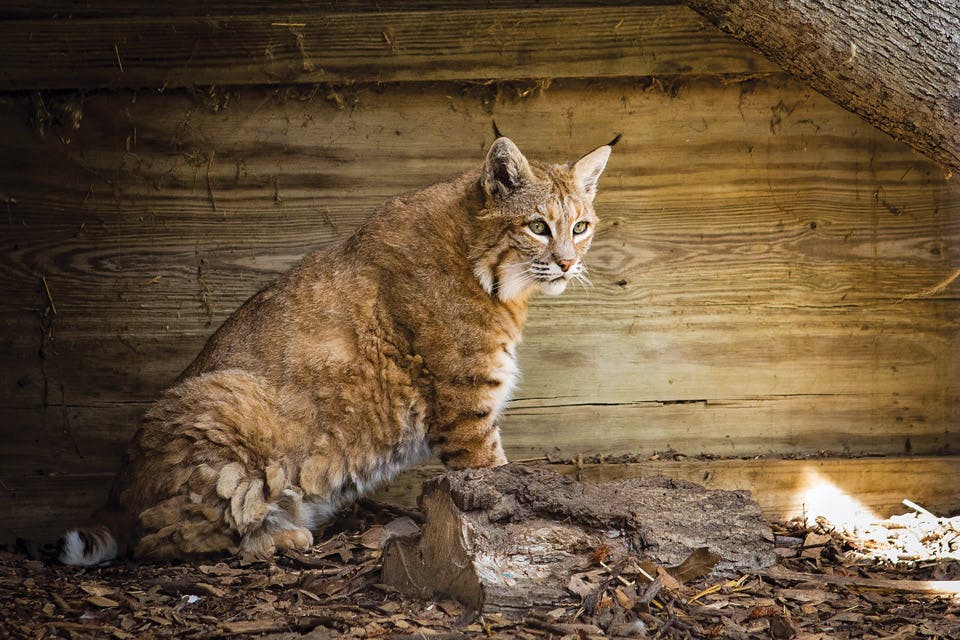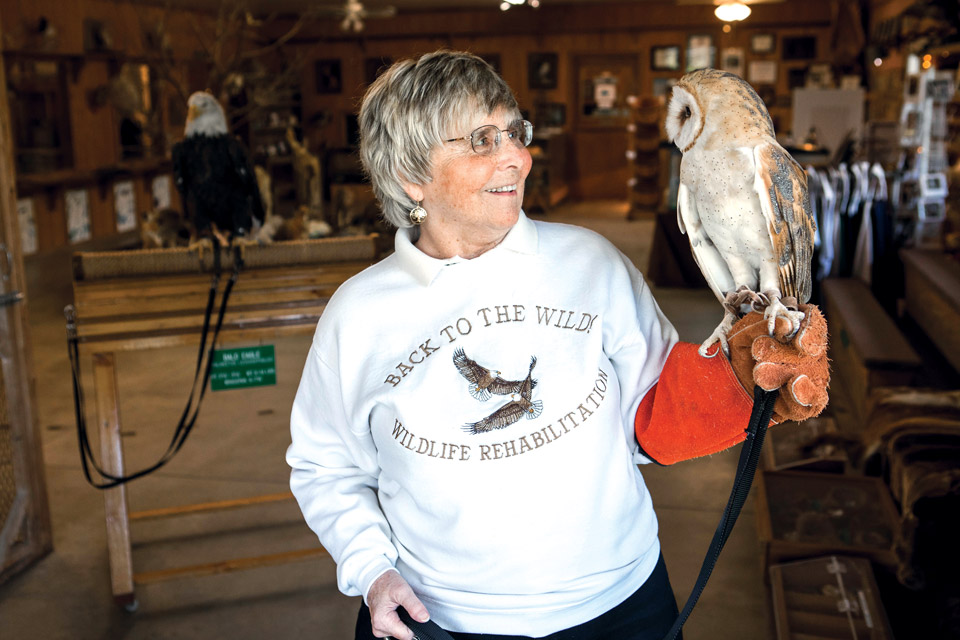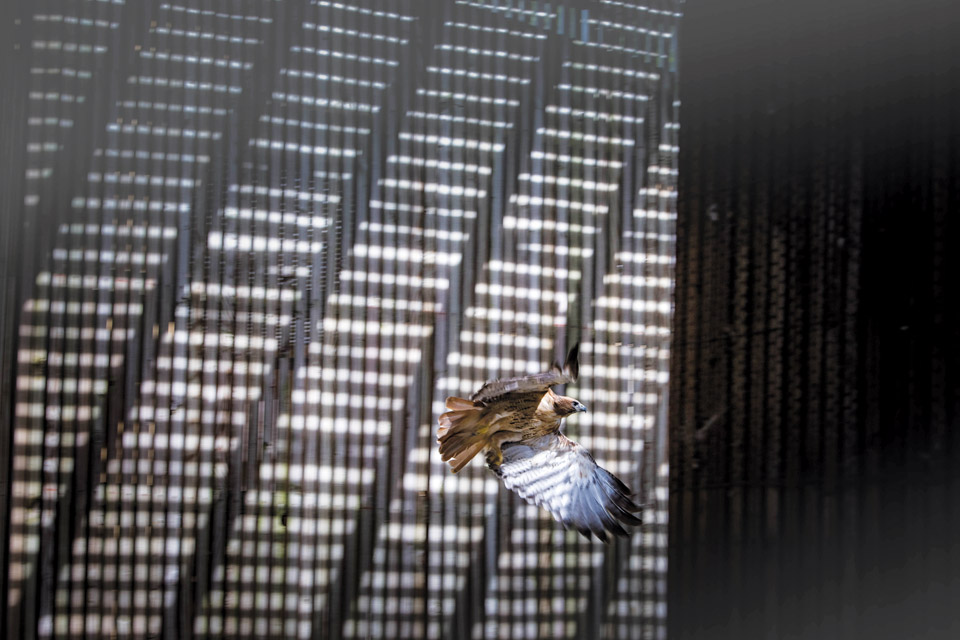Ohio Life
How Ohio’s Back to the Wild Refuge Saves Animals
Mona Rutger founded Back to the Wild in 1990 as a place to nurse injured animals back to health. Over the course of a year, the center is home to more than 2,500 creatures, ranging from owls to butterflies.
Related Articles

102 Days & Nights of Summer Fun in Ohio
We have plenty of ideas for making the most of the sunny season in the Buckeye State, from the Friday heading into Memorial Day weekend through Labor Day. READ MORE >>

Summer Fun in Ohio: 22 Ways to Enjoy June
Grab a ticket to a summer concert from the Dave Matthews Band, explore southern Ohio heritage at Ohio Valley Frontier Days, check the Ashland Balloon Festival and more. READ MORE >>

Summer Fun in Ohio: 17 Ways to Enjoy July
Celebrate the Fourth of July at Cedar Point, see The Lumineers at Riverbend Music Center, take in the tradition of the Ohio State Fair and more. READ MORE >>





